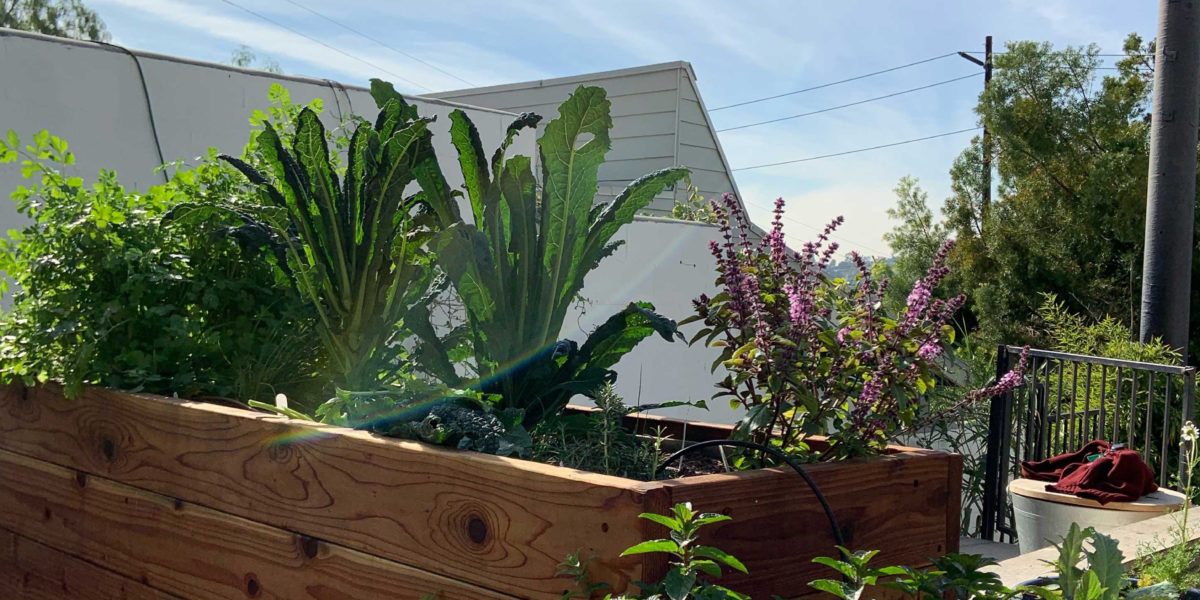City Blooming Fundamentals Explained
City Blooming Fundamentals Explained
Blog Article
The Of City Blooming
Table of ContentsCity Blooming Fundamentals ExplainedThe Facts About City Blooming UncoveredRumored Buzz on City BloomingCity Blooming Things To Know Before You BuyCity Blooming Fundamentals Explained

As you walk the roads of the Bronx, Southside Chicago or East Oakland, you might see have even seen big stories of ripening fruits and veggies being gathered. However, just what are metropolitan farms and community gardens? Are they different? If so, exactly how? And extra notably, how can you support them? Urban agriculture, urban farming, or urban gardening is the method of cultivating, processing and dispersing food in or around city locations.
Typically, urban farming as a practice is a bigger financial investment than gardening. There are many more hours spent into the trivial matters of farming, from the crop plan to the tending of your beds. This time around dedication takes on a whole new definition once you understand the objective that is being functioned towards and committed, specifically that of acquiring a plentiful return of plants to be consumed.
A neighborhood garden is a solitary tract gardened jointly by a group of individuals. Neighborhood yards make use of either individual or common stories on private or public land while creating fruit, veggies, and/or plants grown for their appealing look. The basic version here is that a large group of people each add a fairly percentage of time to working their own plot, and receive the fruits of their labor therefore.
Some Known Incorrect Statements About City Blooming

, and neighborhood companies by helping them develop and grow their very own gardens. The distinctions between neighborhood yard and city ranch are nuanced, though in the end the same fundamental task takes placefood plant growing yet within different business frameworks - sustainable gardening.
Urban farms are typically extra company and innovation oriented, with the key function of making the most of yields and marketing produce. Business metropolitan farms are often focused on increasing production on usually tiny land location with innovations in modern technologies such as aquaculture, hydroponics, and greenhouses and may partner with an industrial kitchen area to produce locally-produced value-added items such as jams and sauces.
City Blooming - Questions
The produce is normally expanded on a much smaller sized scale and is taken home to consume at home or to share. By offering much required environment-friendly rooms in destitute, concrete city areas, they allow for the benefits of yard gardening to those lacking backyards, and act as outstanding examples of self-organization and neighborhood advocacy.
Some area gardens, frequently in urban locations, move into expanding for commercial usage while some city farms open their land for even more socially conscious advantages. No matter just how you specify and separate both, they are both favorable pressures forever in cities around America and the world. They both offer much easier accessibility to fresh, local produce; improve a neighborhood's aesthetic; and act as superb academic tools, instructing people where their food comes from. Tiny Axe Peppers has actually currently partnered with over 73 area yards around the United States.
As all of Little Axe Peppers' warm sauces are sourced with peppers from area gardens, your acquisitions directly help money these regional tasks (http://prsync.com/city-blooming/). So, take part in the transformation by.
A friend of mine recently commented in a conversation regarding horticulture that "It's fascinating, I have actually constantly thought that farming as a technique is somewhat like horticulture. As I invested even more and more time in my Urban Farming course I have actually come to understand that to state that horticulture is a mini expansion of farming would certainly be a little bit of stretch.
Some Of City Blooming
They both focus on the treatment of plants for some goal that can be food, revenue or just the satisfaction of the craft. They both require a monetary financial investment on top of a time investment, something that a great deal of people in our rapid paced life do not have a great deal of.
We can see that the similarities are abundant, however are the differences enough to develop a difference? As a trainee at NYU I have the opportunity to function with the leave It Much better Foundation, a team that educates standard nutrition and horticulture to high institution students. https://soundcloud.com/cityblooming. This experience provided me a thorough venture into the world of amateur gardening beyond what many people have actually been in call with
Farming as a practice is a bigger investment than horticulture. There are numerous more hours invested into the trivial matters of farming, from the crop strategy to the often tending of your beds.
The ordinary garden enthusiast goes concerning his obligations as a job as opposed to a need and because of this distinguishes his or herself from the farmer. With this difference in here hand, they are both comforting and soothing exercises that any person can pick up, which by itself needs to be a promotion for both.
How City Blooming can Save You Time, Stress, and Money.
Something went wrong - sustainability. Wait a moment and attempt once again Try once again
Report this page